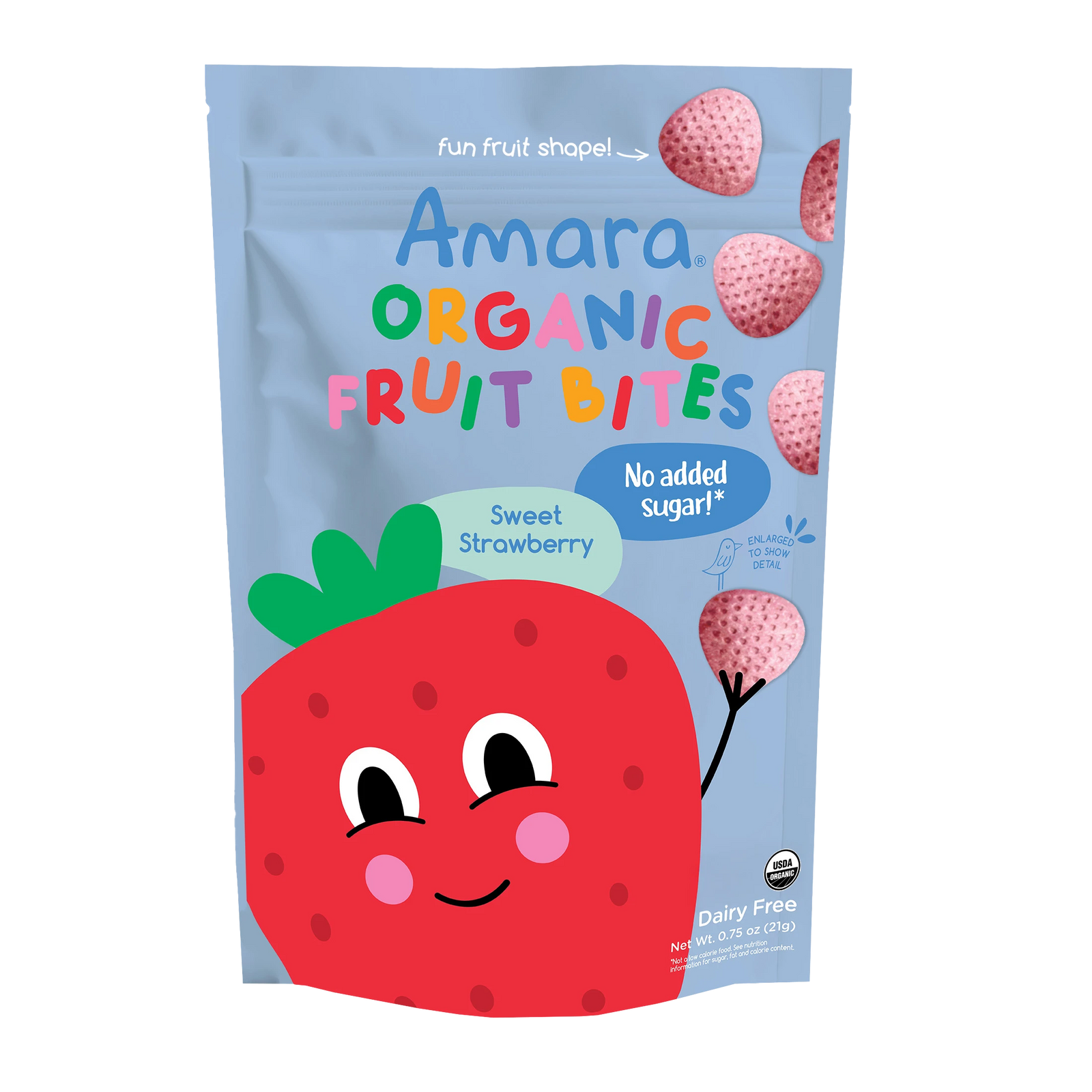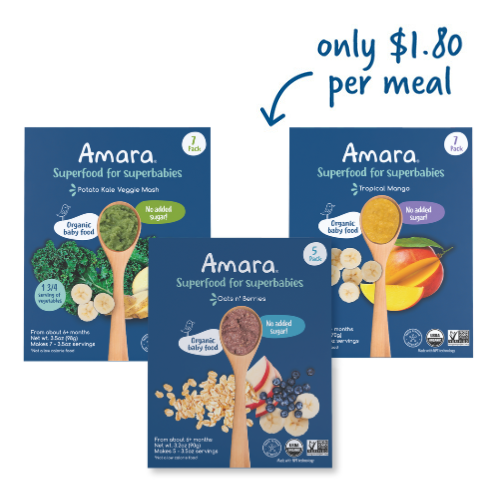Raising any baby can be expensive, but in the beginning, baby food can be done more economically. If you’re breastfeeding, it’s practically free! But no child can breastfeed forever (we wish!), and food costs will start to rise.
The average cost for baby food according to BabyCenter is between $50 and $100 per month. But if you want to feed your baby natural organic food, the cost can be quite higher than this. Some premium jarred foods go as high as $3 per portion.
So how can you keep costs down while giving your baby the food the food that’s best for them? Here are some ways to push the costs down.
Breastfeeding
Some moms start by breastfeeding or formula feeding their babies. If you are breastfeeding, the American Academy of Pediatrics recommends at least a year of breastfeeding or even longer if the mother and baby agree to it.
Most families start introducing some type of solid foods at around 4-6 months per age just to start getting baby used to eating solids and start introducing them to new textures and tastes. Some babies will take right to solid food and start breastfeeding less often until they switch to solids completely.
Amara Purees
Amara purees aren’t just convenient and healthy for your baby. They’re also good for keeping costs down. In the early stages of solid foods, Amara purees could be used plain. As your child grows, they can be mixed into other foods to create things like pancakes. If you are baby led weaning, you can also use them in your BLW schedule. They can also be mixed into organic yogurt to give it a better flavor. Read some of our past posts on recipes for more ideas.
One of the reasons why Amara purees are more economical compared to jarred food is that you can measure out just the right amount of food to mix with water. There’s always a little bit left in the jar that you can’t scrape out. Plus, at Amara we are a little lighter than those jars.
Make Baby What You Eat
Assuming you’re eating healthy food yourself (and if you’re breastfeeding, you should!), you can make a little extra and then prepare it further to make it appropriate for the age of your child. By chopping it finely, cooking it a little longer, or pureeing it, you can make your own baby food out of what you eat already. Just make a little extra!
You’ll want to read our previous post on which foods are appropriate at different ages before you start. Infants usually need to start with single foods so you can check for allergies and what they like. But as soon as your baby grows out of the pureed food stage you can start introducing the combination of foods just like you do. Remember to avoid honey and cow’s milk until your baby is at least a year old.
Chase Sales
If you’re not couponing or following sales already, it’s time to start! So long as the items on offer are healthy ones, there’s no excuse not to stock up. And if you’re feeding your baby what you’re eating, then you’ll save double. Avoid the coupons by the jar manufacturers though. That’ll just get you hooked on buying less-healthy jarred food. But if you sign up for Amara’s mailing list here, you will get email coupons that can help you save a bundle buying our delicious flavors.
These simple tips will help you keep your baby food prices down and make your budget sweat just a little less. It’s definitely possible to keep your food costs under $100 a month for your baby. Give these a try and keep track of your spending. You’ll be pleasantly surprised.
For an introduction to solids pack for your baby that is more than 30 meals for under $50 - check out our introduction to solidsvariety pack.







Leave A Comment